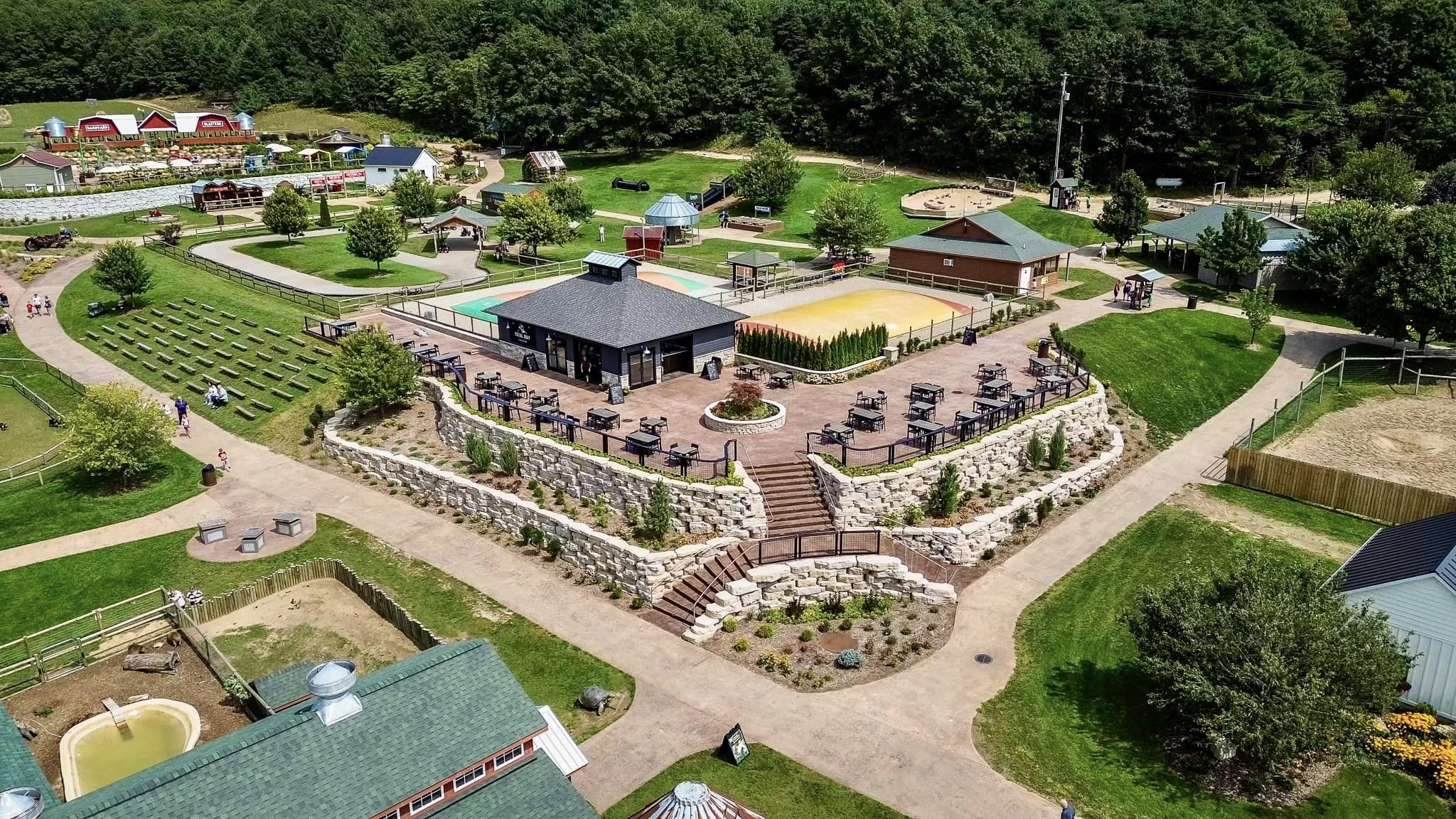
The Ultimate Guide to Choosing the Right Plants for Your Climate Jun 09, 2025
Understanding your climate is the first step towards a thriving garden. Recognizing whether you live in a warm, temperate region, or a cooler, more variable climate is crucial. Each climate zone has unique characteristics, including temperature ranges, rainfall patterns, and humidity levels that will determine which plants will thrive. Utilizing resources like the USDA Hardiness Zone Map can be a helpful starting point in identifying your specific climate zone.
Once you've identified your climate, the next step is to research plant species adapted to your environment. Native plants are often the best choice, as they are well-suited to local conditions and require less maintenance. For instance, if you're in a dry, arid climate, succulents and cacti might be ideal, while in a more humid region, ferns and tropical plants could be more suitable. At Greenscape Lawns, we recommend incorporating a mix of perennials and annuals to bring diversity and color to your landscape.
Considering your garden's microclimate is equally important. Microclimates are small areas within your garden that might have different conditions than the rest of your property due to factors such as shade, wind exposure, or soil type. For instance, a shaded area might support shade-loving plants like hostas and ferns, while a sunny, south-facing spot could be perfect for sun-loving flowers like lavender and marigolds. By recognizing these variations, you can strategically plant to optimize growth and health.
Soil quality is another critical factor in selecting the right plants. Conducting a soil test can provide insights into your soil's composition, pH level, and nutrient content. Sandy soils, for instance, may require drought-tolerant plants, while clay soils might be better suited for moisture-loving varieties. Amending your soil with organic matter or mulch can improve its health, ensuring that your plants have the best possible start.
When planning your landscape, think about water availability and your willingness to maintain irrigation systems. Drought-tolerant plants are more resilient and often require less watering, making them an excellent choice for areas with water restrictions. On the other hand, lush, water-loving plants might be more suitable if you live in a region with ample rainfall or have an effective irrigation system in place.
Additionally, consider the aesthetic appeal and function of your plants. Whether you're aiming for a tranquil retreat or a vibrant, colorful space, select plants that align with your vision. Flowering plants can bring bursts of color, while evergreens provide structure and year-round foliage. Be mindful of plant heights and growth habits to ensure smaller plants are not overshadowed, and taller plants do not block desired views or sunlight.
In conclusion, choosing the right plants for your climate involves understanding your local conditions, evaluating your garden's unique features, and selecting plants that match your maintenance capabilities and aesthetic goals. By making informed decisions, you can create a sustainable and captivating outdoor space. Greenscape Lawns is always here to help you design and maintain a landscape that respects and flourishes within your climate's natural rhythms.
/filters:no_upscale()/media/2b3c6727-9d53-4ceb-8adc-7b12740432c1.jpeg)